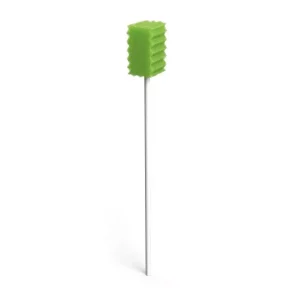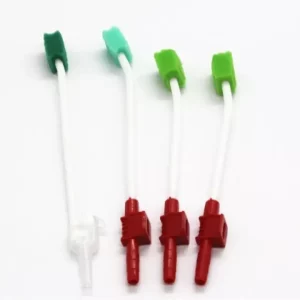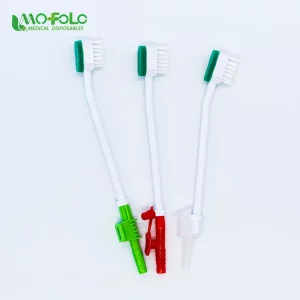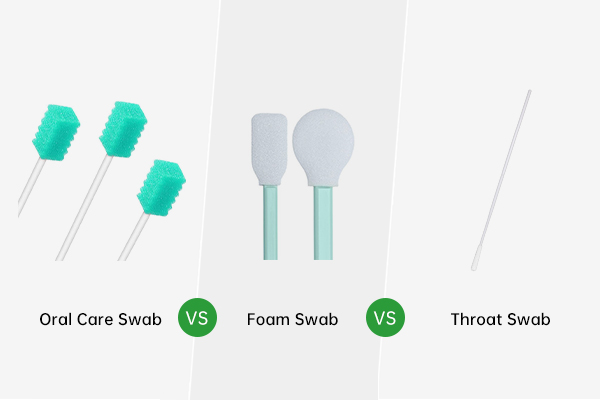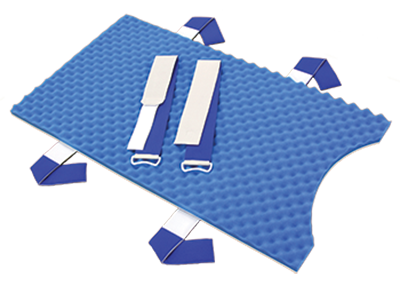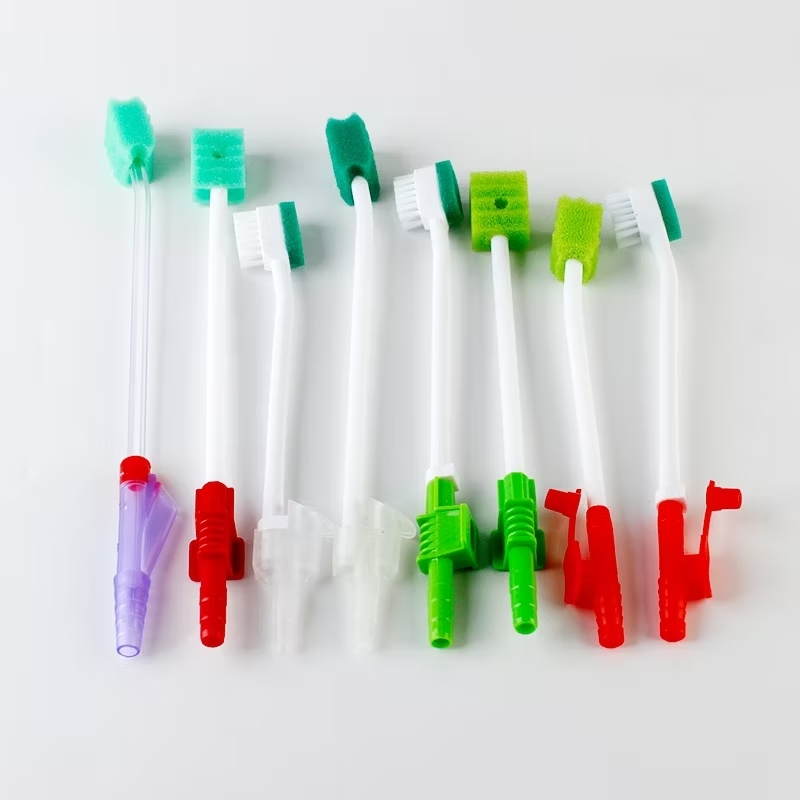Cats are known for their independence, elegance, and sometimes aloof personalities, but one aspect of their care that often goes overlooked is dental health. Serious problems including gingivitis, periodontal disease, and even systemic infections can result from cats’ poor oral hygiene. While traditional toothbrushes are a common tool for maintaining dental health, they often prove challenging to use with our feline friends. This is where dental sponges on a stick come in as a revolutionary solution for tackling your cat’s dental problems effectively and stress-free.
Recognizing the Value of Dental Care for Cats
Your cat’s general health is greatly influenced by their dental health. Numerous dental conditions can affect cats, such as:
- Tartar and Plaque Buildup: Bacteria and food particles combine to create plaque on teeth over time. If not removed, plaque can build up and harden into tartar, causing gum inflammation and disease.
- Gingivitis: Redness, swelling, and irritation are symptoms of gum inflammation brought on by plaque and tartar.
- Periodontal Disease: If gingivitis progresses, it can cause periodontal disease, leading to tooth loss and pain.
- Tooth Resorption: This painful condition causes the internal structure of a tooth to break down, which can lead to severe discomfort and difficulty eating.
- Bad breath (halitosis): Bad breath frequently indicates underlying dental problems.
Dental problems not only cause discomfort but can also lead to systemic health issues as bacteria from the mouth enter the bloodstream, potentially affecting the kidneys, liver, and heart.
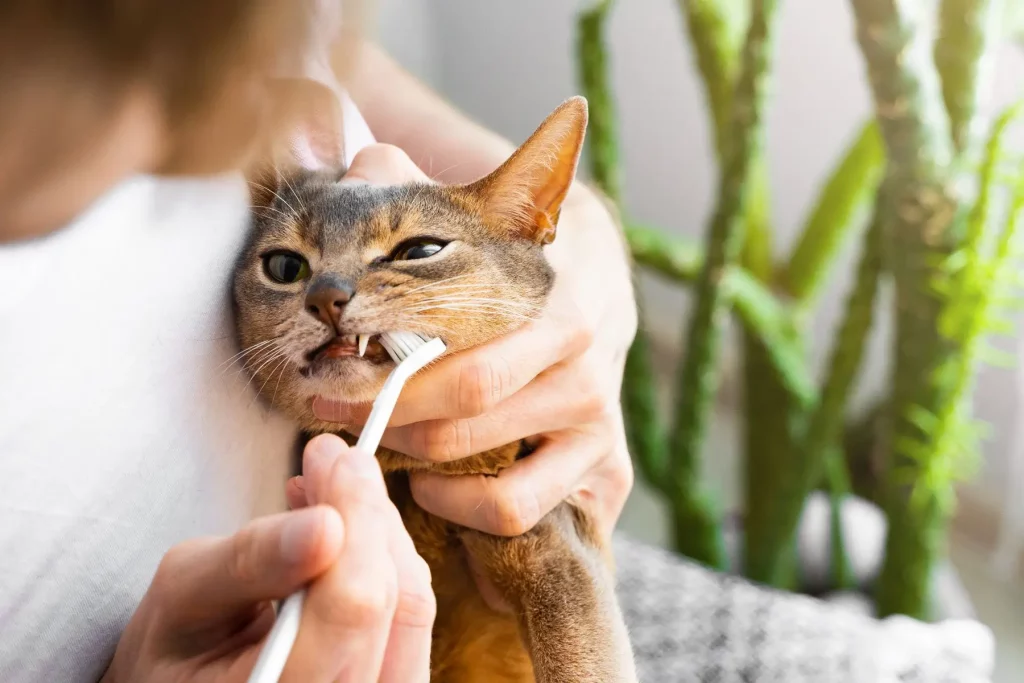
Challenges of Traditional Toothbrushes for Cats
While brushing a cat’s teeth is one of the most effective ways to maintain oral hygiene, many cat owners find this task daunting. The small size of a cat’s mouth, combined with their natural resistance to invasive procedures, makes using a traditional toothbrush difficult. Some common challenges include:
- Resistance: Cats often dislike having a toothbrush inserted into their mouths and may wriggle, scratch, or bite.
- Injury Risk: The hard bristles of a toothbrush can inadvertently harm sensitive gums if the cat resists.
- Limited Access: Reaching the back teeth with a toothbrush can be challenging due to the shape and size of a cat’s mouth.
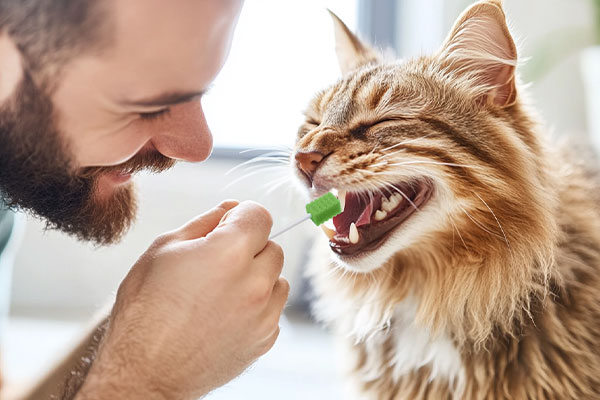
The Role of Mouth Sponges on a Stick
Mouth sponges on a stick offer a practical, low-stress alternative to traditional toothbrushes. These innovative tools are designed specifically for animals and provide a gentler, more effective way to clean teeth.
Key Features of Mouth Sponges on a Stick:
1. Soft Sponge Material: The sponge is non-abrasive, making it gentle on sensitive gums while effectively removing debris and plaque.
2. Easy-to-Handle Stick: The stick design provides better control and allows you to reach all areas of your cat’s mouth, including hard-to-reach back teeth.
3. Absorbent Texture: The porous sponge material absorbs saliva and debris, aiding in cleaning without the need for excessive scrubbing.
4. Single-Use Convenience: Many dental sponges are disposable, reducing the risk of cross-contamination and eliminating the need for cleaning after use.
-
Oral Swab
Disposable Medical Foam Tip Suction Sponge Oral Care Swab Toothbrush
Rated 0 out of 5Read more
Benefits of Mouth Sponges for Cats
Gentle on Gums: Mouth sponges are softer than toothbrush bristles, making them ideal for cats with sensitive gums or existing oral conditions such as gingivitis. They reduce the risk of gum irritation and injury, ensuring a more comfortable cleaning experience for your pet.
Reduced Stress: Cats are less likely to resist the use of a mouth sponge compared to a toothbrush. The soft, flexible sponge feels less invasive, helping to minimize stress for both you and your cat during dental care sessions.
Ease of Use: The stick design allows for easy maneuverability, enabling you to clean all areas of your cat’s mouth without the need for complex angles or excessive force. This makes dental sponges especially useful for beginners or owners who struggle with traditional brushing techniques.
Improved Reach: The compact size of the sponge and the long handle make it easier to access molars and other hard-to-reach areas, ensuring a thorough clean.
Compatibility with Dental Gels: Many mouth sponges are compatible with veterinary-approved dental gels or toothpaste. Applying these products with a sponge can enhance their effectiveness by allowing better coverage and absorption.
Hygienic and Disposable: Disposable sponges eliminate the need for cleaning and sterilization, making them a hygienic option for pet owners. Additionally, a single-use design lowers the possibility of bacterial transmission.
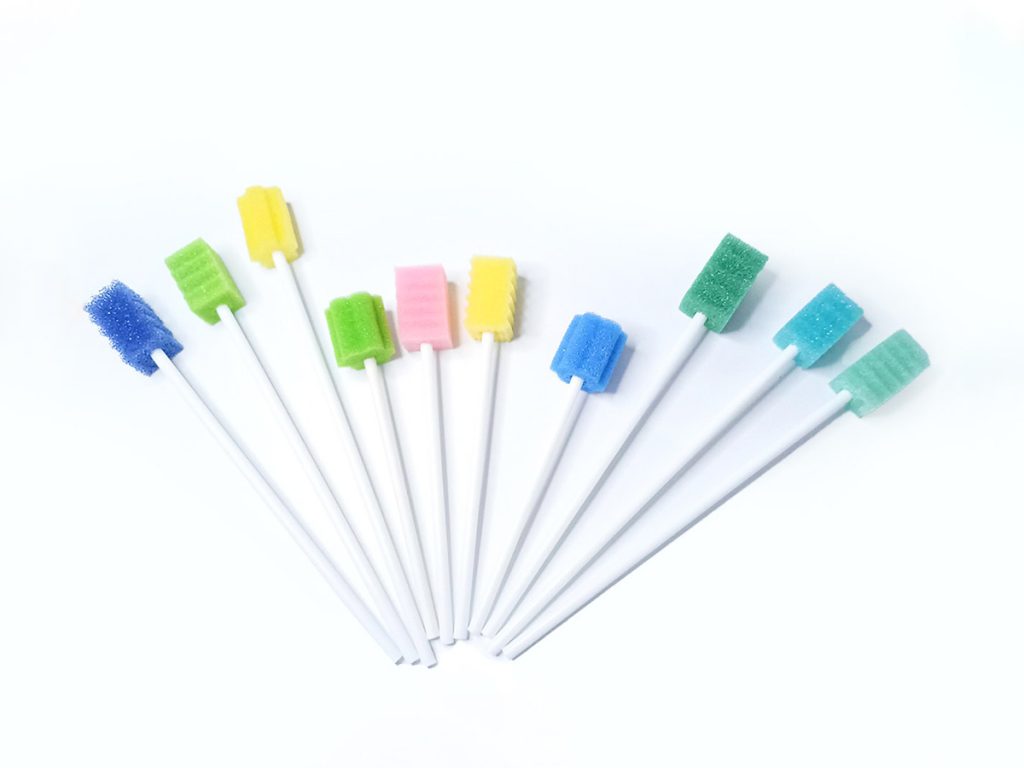
How to Use Mouth Sponges on a Stick for Your Cat
- Step 1: Choose the Right Sponge
Select a mouth sponge designed specifically for cats. These are smaller and softer than those intended for larger animals.
- Step 2: Familiarize Your Cat
Before attempting to clean your cat’s teeth, allow them to sniff and investigate the dental sponge. Use treats as rewards to foster a positive bond.
- Step 3: Apply Dental Gel or Toothpaste
Apply a small amount of veterinary-approved dental gel or toothpaste to the sponge. Cats may be poisoned by the chemicals in human toothpaste, so avoid using it.
- Step 4: Place Your Cat in a Comfortable Position
Put your cat on a sturdy surface, such as your lap. Hold their head gently and lift the lip to reveal the teeth.
- Step 5: Clean Gently
Using the sponge, clean your cat’s teeth in a circular motion, being especially careful around the gum line, where plaque likes to accumulate. Focus especially on the rear molars.
- Step 6: Give Your Cat a Treat
To encourage good conduct, give your cat a treat or some praise after the cleaning session.
Addressing Common Concerns
1. What if My Cat Resists?
If your cat is resistant, start by cleaning a few teeth at a time and gradually increase the duration of each session. Building trust requires persistence and constructive criticism.
2. Are Mouth Sponges Safe for All Cats?
Mouth sponges are generally safe for cats of all ages. Before beginning a cleaning regimen, though, speak with your veterinarian if your cat has serious dental problems.
3. What is the Recommended Frequency of Mouth Sponge Use?
Strive for a minimum of 2-3 cleaning sessions each week. Daily cleaning is ideal but may not be practical for all pet owners.
Preventive Measures Beyond Mouth Sponges
Even though mouth sponges are a great tool, a thorough dental care regimen should include them. Take into account the following actions to keep your cat’s mouth healthy:
- Regular Veterinary Visits: Regular professional cleanings and annual dental exams can help owners detect and treat dental problems in their dogs early.
- Dental Chews and Treats: Give your cat dental chews or treats to help prevent plaque accumulation.
- Specialized Diet: By lowering plaque and tartar, several cat meals are designed to support oral health.
- Water Additives: Dental water additives can lessen oral bacteria in your cat’s mouth and improve breath.
Frequently Held Myths Regarding Cat Dental Care
Myth 1: Dental care is unnecessary for cats
Fact: If dental problems are not treated, they may result in major health concerns. Regular oral care is essential for all cats.
Myth 2: Cats Usually Have Bad Breath
Fact: Prolonged foul breath should be treated right once because it frequently indicates oral problems.
Myth 3: Teeth Can Be Cleaned by Dry Food
Fact: While dry food may provide some abrasive action, it is not a substitute for dedicated dental care.
Conclusion
Mouth sponges on a stick are an effective, gentle, and stress-free solution to your cat’s dental problems. Their soft texture, ease of use, and ability to reduce plaque and tartar make them a great choice for maintaining your cat’s oral health. While they may not completely replace professional dental care, they can complement other methods to ensure your feline companion enjoys a healthy and comfortable life. If you’re looking for Dental sponges on a stick designed specifically for cats, you can always turn to mofolo for help.

